Adrian Williams – Symphony No. 1 & Chamber Concerto: Portrait of Ned Kelly
Original price was: £12.00.£10.00Current price is: £10.00.
Symphony No.1 (2020)
– 1. I. Maestoso – Stridente (13.56)
– 2. II. Scherzando (5.21)
– 3. III. Lento (11:19)
– 4. IV. Energico – Dolente (17:50)
– 5. Chamber Concerto: Portraits of Ned Kelly (1998) (22:09)
In stock
Nimbus Alliance is releasing this World Premiere recording of Adrian Williams’ work performed by the English Symphony Orchestra with Kenneth Woods as conductor. This World Premiere Recording features Symphony No. 1, as well as an enticing work Chamber Concerto: Portraits of Ned Kelly.
“Williams’ music almost always has a virtuosic edge to it, but the demands placed on the musicians in this work are truly extraordinary, yet it is incredibly rewarding to play. In this sense, Williams’ designation of the work as a chamber concerto is both telling and apt is it demands that everyone in the ensemble contributes their utmost in rhythmic precision, agility, accuracy in extremes of register and lyrical storytelling.” Kenneth Woods, conductor
“My first symphony began its life during the spring of 2018 following a request from Kenneth Woods for awork for the English Symphony Orchestra’s 21st Century Symphony Project. The basic score was completed towards the end of the following year but continued to undergo quite a few changes almost until its recording in December 2021. The symphony, which is dedicated to Kenneth Woods ‘for giving me hope’ is one of my largest-scale pieces. am hugely grateful to Ken Woods and the ESO for their tremendous dedication.” Adrian Williams
“This remarkable work is one of two by Williams to grow from his friendship with the great Australian painter, Sidney Nolan. Nolan and Williams were neighbours in the Welsh Borders region that Williams has called home for most of the last forty years. Williams, a prolific pianist, was given the invitation to use the piano at The Rodd, Nolan’s house in northwest Herefordshire and now the home of the Sidney Nolan Trust. The Chamber Concerto is a musical response to Nolan’s most famous series of paintings, which depict scenes from the wild life of Australian bushranger, Ned Kelly, an outlaw, gang leader and convicted police murderer who rampaged across Australia in the years prior to his arrest and execution in 1880. Williams’ music almost always has a virtuosic edge to it, but the demands placed on the musicians in this work are truly extraordinary, yet it is incredibly rewarding to play. In this sense, Williams’ designation of the work as a concerto is both telling and apt is it demands that everyone in the ensemble contributes their utmost in rhythmic precision, agility, accuracy in extremes of register and lyrical storytelling.” Kenneth Woods
Additional information
| Weight | 105 g |
|---|---|
| Dimensions | 142 × 125 × 10 mm |
| Label | Nimbus Alliance |
| Release Date | 7th October 2022 |
| Catalogue Number | NI 6432 |
| Duration | 69.31 |
| Number of Discs | 1 |
| Barcode / UPC | 0710357643224 |

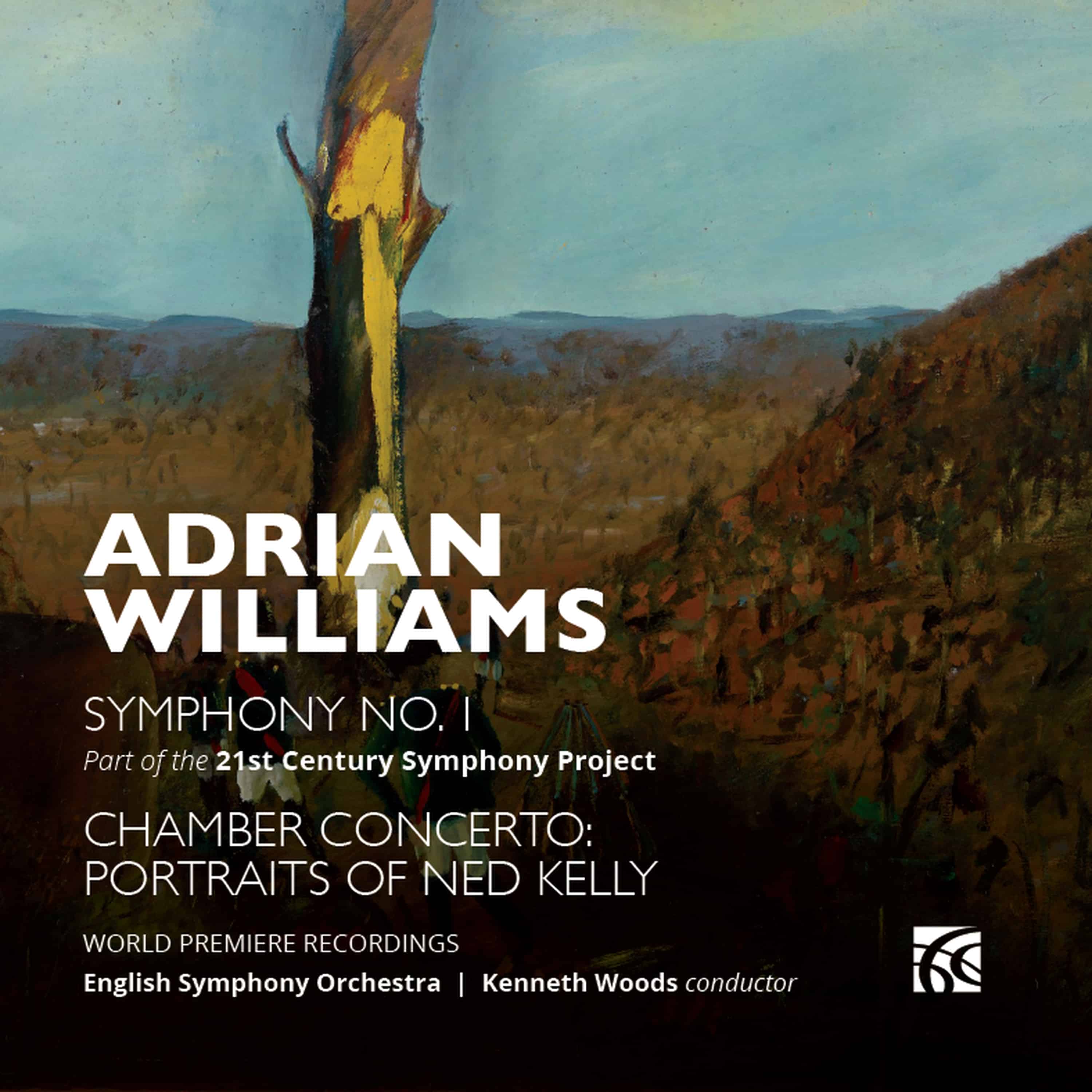
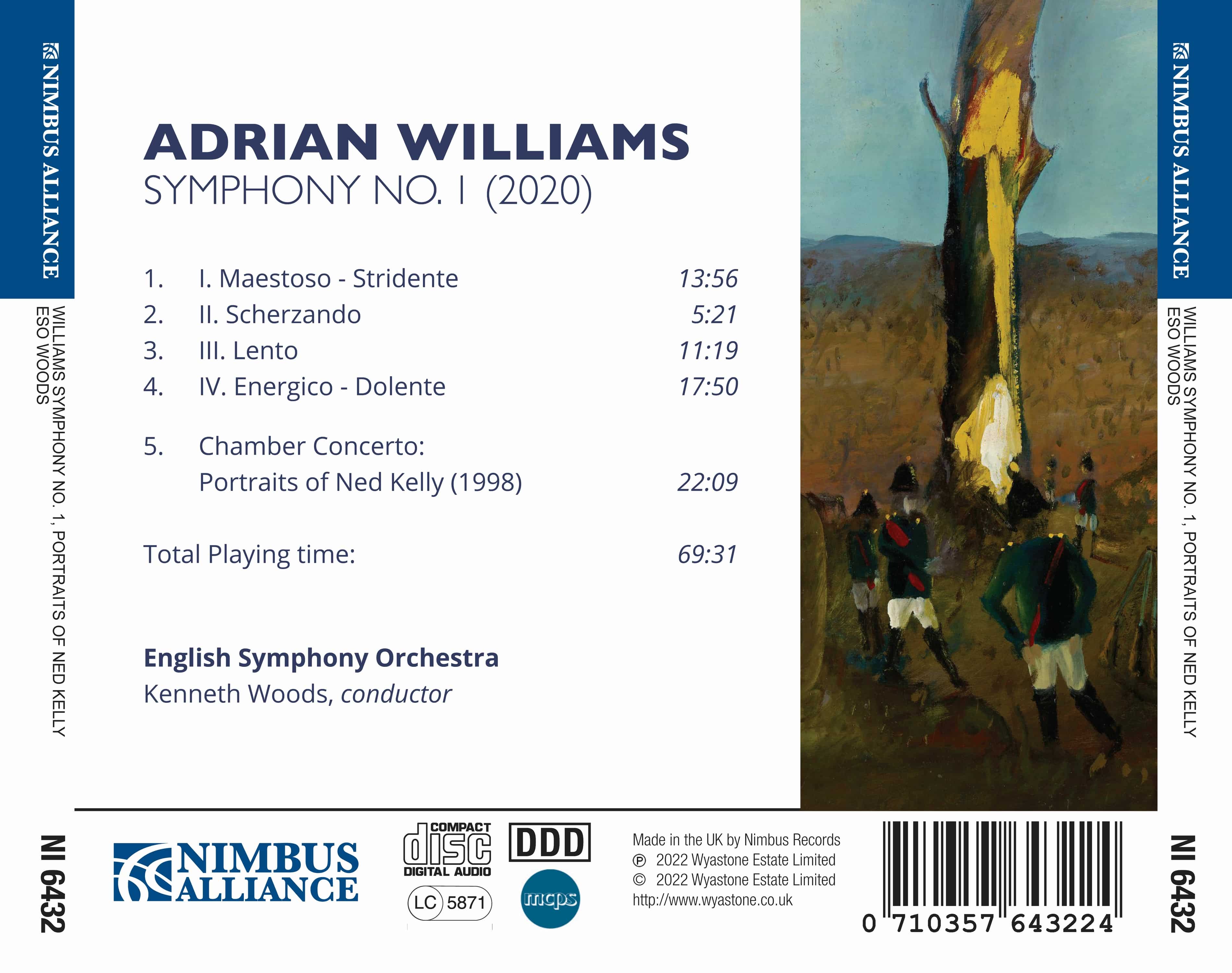

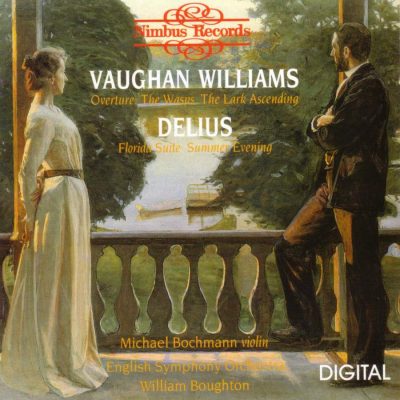
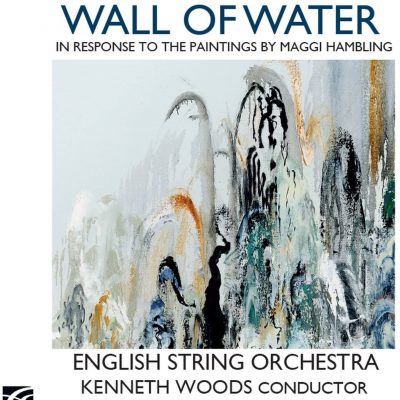
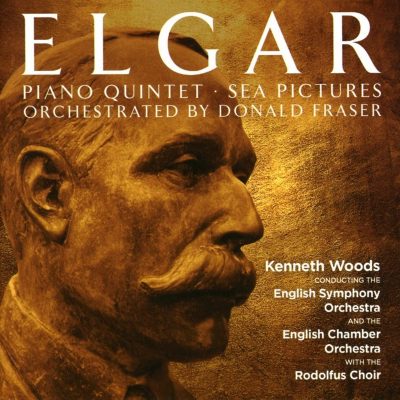
ESO Admin –
CLASSICAL MUSIC DAILY – 4TH SEPTEMBER 2022
GEOFF PEARCE listens to Adrian Williams’ chamber concerto ‘Portraits of Ned Kelly’
https://www.classicalmusicdaily.com/2022/09/williams.htm
‘The playing is very impressive and delivers a compelling performance.’
I am quite interested in the music of Adrian Willams, and had already reviewed the recording of his Symphony No 1 that is also included on this disc, earlier in the year, so this quick review will focus on the Chamber Concerto: Portraits of Ned Kelly. This work was composed in 1998 and, like the symphony, grew out of the composer’s friendship with Sir Sidney Nolan. This famous Australian painter was living in Wales, a neighbour of Williams, and they enjoyed a strong friendship. Sidney Nolan’s paintings are well known, especially the series containing Ned Kelly – a nineteenth century Australian bush ranger. Williams has used some of these in his chamber concerto as the basis of these portraits, in which Kelly’s criminal exploits, final capture and ultimate execution are depicted.
This work is described, for good reason, as a chamber concerto. It certainly makes concerto-like demands on the complete ensemble. The work, about twenty-two minutes in duration, contains many soloistic passages which feature a wide range of instrumental colours – very like the way an artist such as Nolan would use his paint colours.
Texture and tempo also vary a great deal and there are snippets of dance music and Irish jigs. Kenneth Woods compares this work to Richard Strauss’s Till Eulenspiegel, but states that it is darker and sometimes funnier than Strauss’s work, and that the ending of both is deeply poignant.
I find this a very colourful and interesting work with quickly shifting emotions. The playing is very impressive and delivers a compelling performance. It would be unfair to single out any of the instrumentalists for special mention as they are all just so good.
This is not a work that everyone would enjoy, but if you give it a chance, you will hear, as I did, a fascinating and very proficient composer, and will find the music very rewarding.
ESO Admin –
PIZZICATO – 8TH OCTOBER 2022
https://www.pizzicato.lu/meister-komplizierter-muster-und-formen/
When you read the titular quote from Yehudi Menuhin about this 1956-born British composer, you don’t really know whether or not to be deterred from listening to the music. These first recordings are then, let us say, exciting and new in their language, thus stimulating and worth being heard. They are not frightening, especially since the tonality does not also make great capers and in this respect the ear is not overstrained. It may also contribute to this that lyricism and accessibility are important to the composer to this day. « What matters to me is that my music touches people. I write for an audience. »
In duration, three-quarters of an hour, and form, four movements, the symphony initially presents a classical image and thus represents a contemporary continuation of this type of form. Written between 2018 and 2021, the strings are given the task of opening the work full of energy. As the first movement progresses, quieter sections can then be heard, but they are punctuated with restlessness that only takes over at the end. The Scherzando that follows is quite typically fast and playful, requiring technical skill. With solo clarinet as well as wide-ranging tasks for the winds and percussion, Adrian Williams proves that he knows how to orchestrate excellently.
The slow movement is a lament. With it, Williams reacts emotionally to the devastating bushfires in Australia. Fear and shock form one side, moments of great thoughtfulness and silence the other. The last movement, which makes up more than a third of the work, opens deeply rumbling by basses, contrabassoon and low brass until the full orchestra joins in energetically. Delicate solos by violin and flute follow until more passionate moments are heard again. Through elements of tension and relief, the music then rises, as it were in keeping with the style, to a dramatic ending.
The chamber concerto Portraits of Ned Kelly for eleven musicians is inspired by the paintings of Sidney Nolan, who painted the Australian outlaw and bushranger Ned Kelly. This brilliant and virtuosic work may sound like a modern day Till Eulenspiegel drugged out of his mind. It’s funny, surreal and somehow also moving.
During his time as composer in association with the English Symphony Orchestra, the symphony was written as part of a series of the orchestra’s 21st century symphonies. The orchestra, under the baton of its leader Kenneth Woods, is at its best in the many rather brief solos and besides that in the ensemble as a whole. Despite the many demands on all participants, no weaknesses show. The ensemble is balanced and disciplined and shows the necessary intensity. The direction by Kenneth Woods results in a clearly structured performance that presents the music with verve. The recording is clear and balanced and very present, but not obtrusive.
ESO Admin –
TEXTURA – November 2022
https://www.textura.org/archives/w/williams_symphonyno1.htm
The thought of writing a first symphony must be incredibly daunting. How, one wonders, does a composer write a new one when canonic symphonies by Mahler, Sibelius, Beethoven, Bruckner, and others cast such intimidating shadows? Easing the process along for Adrian Williams (b. 1956) was a request from conductor Kenneth Woods, who asked the composer in 2018 to create a work for the English Symphony Orchestra’s 21st Century Symphony Project. Woods, the ESO’s Artistic Director, and the Worcester-based orchestra initiated the project in 2016 and have to date commissioned and issued recordings of works by Philip Sawyers, David Matthews, Matthew Taylor, and, of course, Williams, whose ESO-commissioned second symphony is in the works and scheduled to premiere in 2023.
Staring down a blank canvas is easier when an external spur arises to push the project along, and of course it also helps when the symphony template is so well-established: even before a note’s written, the composer knows the finished piece will likely include a scherzo, adagio, and an allegro or two. In Williams’ case, his Symphony No. 1 (2020) underwent numerous tweaks until its recording took place in December 2021 at Wyastone Concert Hall in Monmouth. It’s joined on this exemplary recording by Chamber Concerto: Portraits of Ned Kelly (1998), recorded at the same location but eight months earlier. Adding to the release’s appeal, both are world premiere recordings.
Consistent with symphony form, Williams’ first frames a scherzo and slow movement with lengthy statements, the opener labeled “Maestoso – Stridente” and the closer “Energico – Dolente.” After anguished, Mahler-like strings introduce the first movement with a powerful theme, the remaining orchestral forces appear to flesh out the material and establish its dramatic, searching character. Brooding and agitated episodes intertwine, the music swelling and decompressing in turn and the ESO breathing forceful life into the music. Williams’ command of tone painting and mood building is evident throughout, as is his sensitivity to timbre. The breezy rambunctiousness of the “Scherzando” isn’t unwelcome after the drama of the opening part, though, like it, the second engages the senses with resplendent orchestral colour. Williams fashioned the third movement as an extended lament upon witnessing the devastating impact of wildfires on Australian life and habitat. The emotional response was so strong that the mournful music, which includes two extended still sections alluding to the dead forests after the fires, “wrote itself,” in his words. Churning rhythms announce the onset of the energized concluding movement, an eighteen-minute colossus that advances methodically through a variety of contrasting sections before its tumultuous conclusion. The opening movement’s string theme resurfaces during a contemplative passage, with flute and percussion amplifying the Impressionistic quality of the music. Thereafter it grows progressively more anxious, turbulent, and even explosive until the destination’s reached.
In contrast to the largely non-programmatic character of the symphony, Chamber Concerto: Portraits of Ned Kelly draws for inspiration from two things, the first, stories about the notorious outlaw who raged across Australia in the years prior to his arrest and execution in 1880, and, secondly, Williams’ friend and Welsh Borders region neighbour, Australian painter Sidney Nolan, who created a series of Kelly-related paintings that incited a musical response from Williams. While the work isn’t by-the-numbers programmatic, its spirited passages do evoke the wildness of Kelly’s life and his capture, trial, and execution (apparently, homemade body armour enabled him to be the only member of his gang to survive a final showdown with the police). A single-movement work lasting twenty-two minutes, the concerto is an adventure story told in orchestral form, with Woods’ citing of Richard Strauss’s Till Eulenspiegel as a comparative work an astute choice when both are so action-packed, wide-ranging, and imaginative. While the symphony and chamber concerto are clearly different works, both are gripping and receive sterling realizations from Woods and the ESO—no easy feat when Williams’ writing poses extraordinary challenges to the musician. That’s all the more reason, then, to imagine how delighted the composer must be with the project’s outcome.